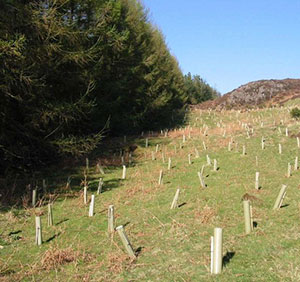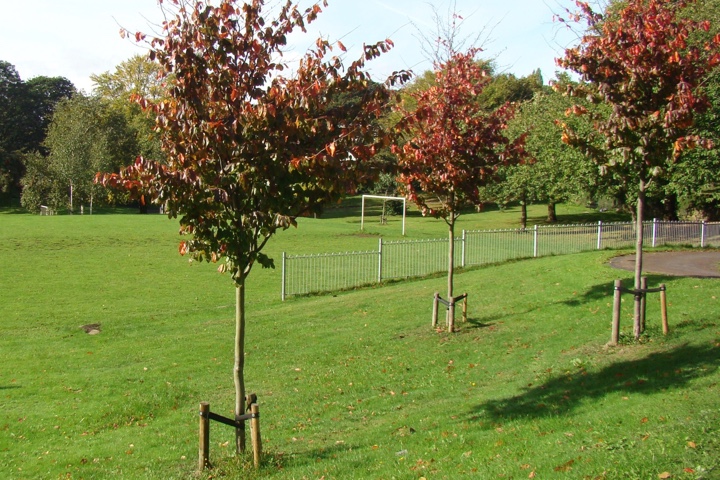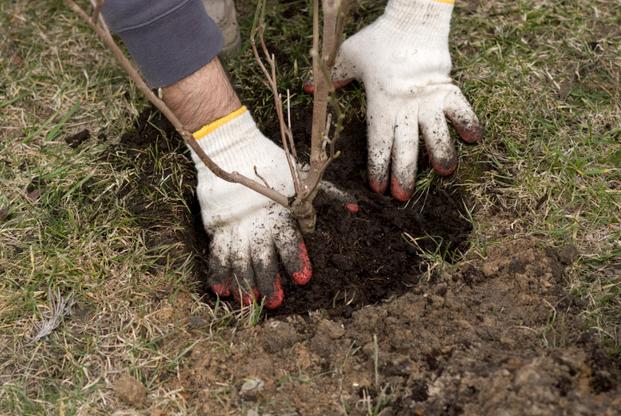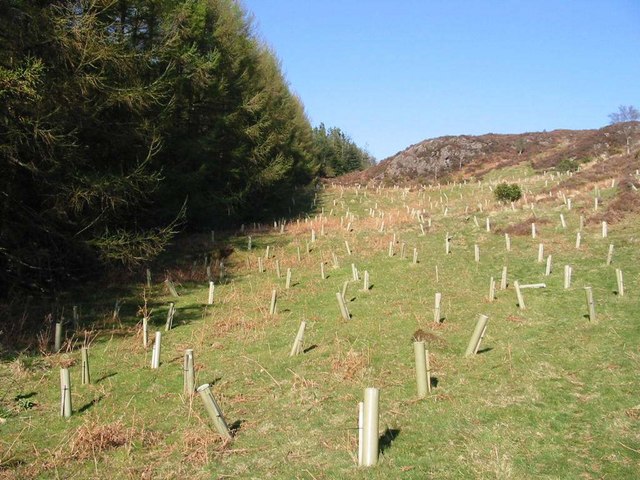
Understanding Arboriculture: Tree Planting
Arborists are responsible for the maintenance and conservation of healthy trees and this includes the cultivation of new specimens. Planting is therefore a fundamental component of the arborist’s work. Planting involves a lot of considerations, such as soil type, root health and weather. Caring for the young tree afterwards is another essential part of the process.
In this article I want to take a look at what’s involved in tree planting and the various considerations arborists and conservationists have to make when planning to plant new trees. First of all though I want to explore the important difference between arboristry and silviculture; two related practices that often get confused for each other.
Arboristry vs Silviculture: What’s the Difference?
Silviculture is generally defined as managing forests, by regulating the establishment of new trees, together with the types of tree, their growth, and of course their health and quality (silvi comes from the Latin word for forest and culture means to grow). It’s the science devoted of tending whole forests for optimum results, and one of its fundamental elements is regeneration, particularly with regard to a stand of trees, i.e. a community of trees similar to each other yet different from other tree communities.
Arboristry, on the other hand, is more concerned with the individual tree; its health, how safe it is, problems that might face an extremely large tree or one facing challenges of various kinds. An arborist also looks at trees and their place in the ecological community and the ecosystem of the landscape. Tree climbing is often a part of arboristry, and this requires specialised skills and equipment, with the most popular method of climbing still utilising a rope.
The role of the arborist may encompass pruning, providing structural support, treating parasites, removing invasive species, protection against lightning, and planting.

Regeneration
This is the process of re-stocking an area with trees. The prime season for planting is between October and April, avoiding waterlogged or frozen soil. In silviculture terms, regeneration can be natural (or self-sown), with deliberately sown seed, or by planting seedlings. Seed is the basis of all trees, but germination may take place at a nursery.
All regeneration requires a suitable seedbed wherein seeds have the appropriate conditions in which to germinate or sprout. Undisturbed ground can be a suitable seedbed, or it can be optimised. In artificial regeneration, trees are matched to soil and conditions.
How to Plant Trees
Autumn or winter tends to be the best time for planting, even trees grown in containers. The first step is preparing the site for planting. Factors to consider include looking at the drainage, and of course loosening the soil so that it can be accessed to at least the depth of the root ball. Adding organic matter or mycorrhizal fungi may improve soil quality, especially if it is sandy. Where the soil is waterlogged, drainage may be required and it may be advisable to choose tree varieties that like a lot of water and to raise the tree base slightly in a mound.
When placing a tree in the ground, take care not to damage the root system, although trimming and spreading pot-bound roots is beneficial (except in the case of magnolia and eucalyptus). Planting holes should be as deep as the roots but at least three times wider than the root system. Make sure to break up compacted soil before planting.

After soaking, make sure that the first flare of roots is level with the soil surface when the tree is positioned in the planting hole. A top heavy specimen may need staking and avoid compacting the soil too much when filling the planting hole. Anticipate water stress and make sure that the newly planted tree has plenty of water, without overdoing it.
When monitoring the tree’s development, consider fertilising a season after planting, formative pruning, and adjusting tree ties and stakes. Protection from wildlife may be necessary too.
Tree Density and Spacing
The number of trees that can planted in any given area cannot be rigidly defined. A density rate or a regeneration standard is used in determining numbers, based upon traditional practice. The relationship between tree size and spacing is extremely important. Knowing the tree and what its mature form will require is critical in planning where trees should go.

It is a waste of money to plant more trees than is needed to regenerate forestland, as it is equally a waste to plant too many trees on a suburban plot and then have to remove them because they are too crowded. In areas with poor soil, there may only be the resources to support a certain number of healthy trees.
The arborist has expert knowledge in not only how to plant trees, but where they should be planted to accommodate expanding branches and roots. They understand the impact of the growing tree, how much space, light and nutrition it requires to thrive, and how best to avoid issues with root systems of mature trees dislodging paving stones or drainage pipes, and branches interfering with structures or power lines.
